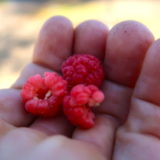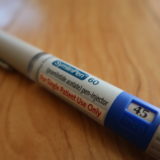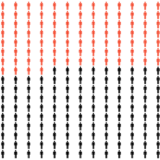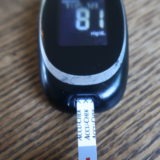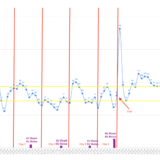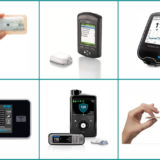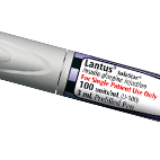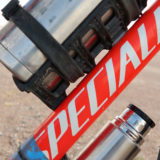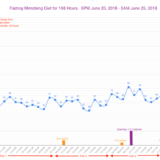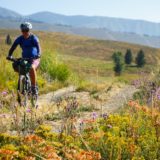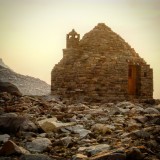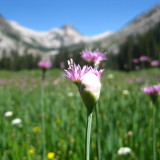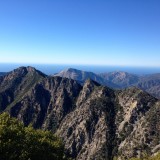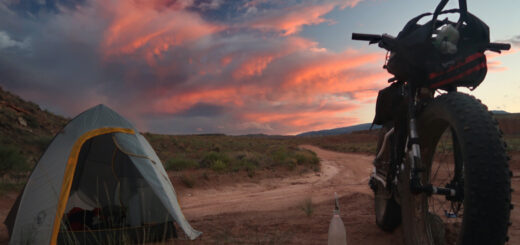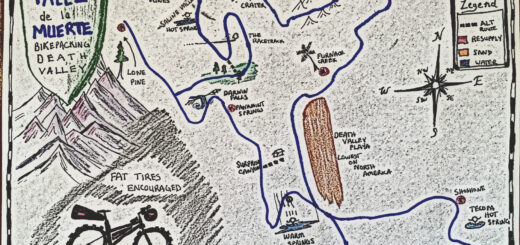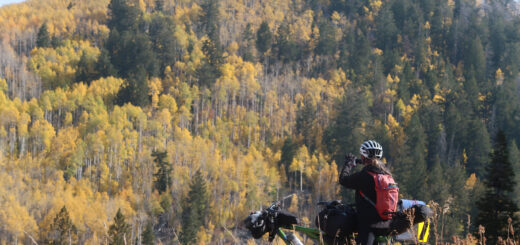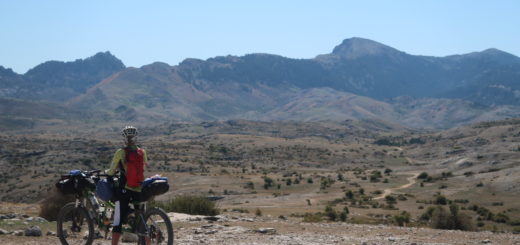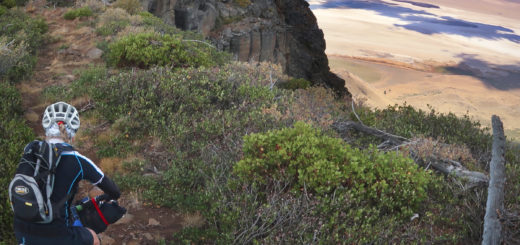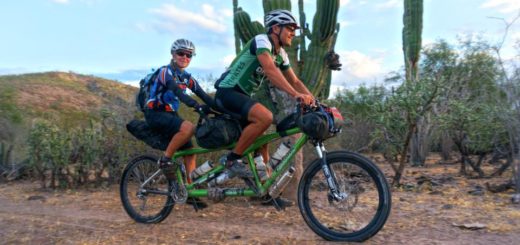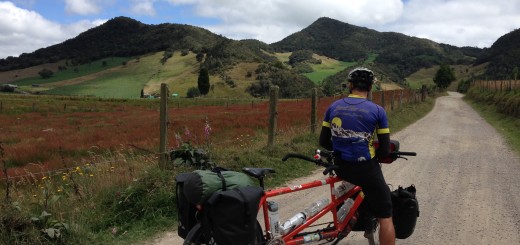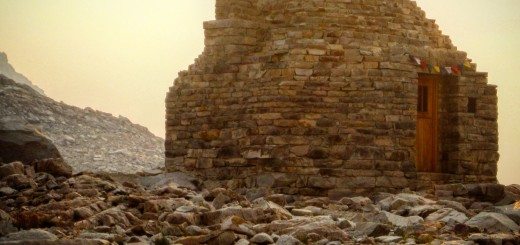Bike Touring Nicaragua
Our guidebook had us longing to visit Nicaragua. Prior to our arrival, Nicaragua seemed like it might be an oasis between dangerous Honduras and expensive and touristic Costa Rica. Although this blog does not dedicate a chapter to Honduras, I must briefly mention our state of mind about Honduras at the time. Prior to arrival in Honduras, we were fairly scared by it’s reputation as the murder capital of the world. Hopefully it does not seem repetitive: I know I talk a lot about violence on this blog; personal security is of the ultimate concern on a trip like this. Before arriving in Honduras from El Salvador, we were quite worried about what we had heard, and we intended to pass through as quickly as possible. Nevertheless, as is often the case, reality doesn’t always meet your expectations. Because of the delays we had encountered in La Union, El Salvador, we entered Honduras late in the afternoon. We decided to seek a hotel, but of course, there was nothing of the sort until the next city. We then did exactly what we had been told not to do: riding in Honduras at night. But as we did this, my tension slowly started to release. As we were riding, we shared the road with many families – young children walking the road at night – the same road as us. Even though this guarantees safety in no way, it somehow gave us the sense that there isn’t a bad person lurking around every corner. Admittedly, we had developed an unrealistic vision of Honduras – but we knew so little about the country; it’s all we had to go on. This is how stereotypes begin to be formed: from a little bit of isolated knowledge. As we progressed through the country the next day, we discovered that Honduras is statistically at the top of another list that probably isn’t well published: the “cheer per mile” ratio. As we traveled down the road in Honduras – more than any country – people would hang their bodies out the windows of their cars cheering us on. It felt like a warm enough reception for me to say that the ~24 hours we spent in Honduras were great; and so I formed a new vision of Honduras.
Now, we must discuss Nicaragua; we cannot let Honduras hijack Nicaragua’s thread.
Nicaragua represented a significant departure from the other Latin American countries that we had visited recently (Mexico, Guatemala, El Salvador, Belize, and Honduras). Suddenly in Nicaragua, we got the feeling that “everything is business.” The tourism business is just beginning in Nicaragua, and the people have adopted a confusing, but organized approach to extracting small amounts of money on a frequent basis from the traveler. Nicaragua has the lowest GDP per capita (PPP) of all of Central America (and arguably Latin America, where only Haiti is lower). I’d much rather see a country increase their GDP through tourism money than aid or Military spending. Because the tourism industry is just beginning here, in my report below, you will see how Nicaragua still has a ways to go.
03/03/2014 Day 40 – Nacaome Honduras to Somotillo Nicaragua 66 miles
Today’s route is actually through Honduras. It follows the Pan American highway, and is flat and hot. The power was out through almost the entire region today (and last night, which meant no fan or air conditioning in the hotel). The owner assured us that this was a rare event, but they were well equipped for the situation with candles and kindness. The scenery along the route is unremarkable in most regards, though we did receive a good sunset both evenings.
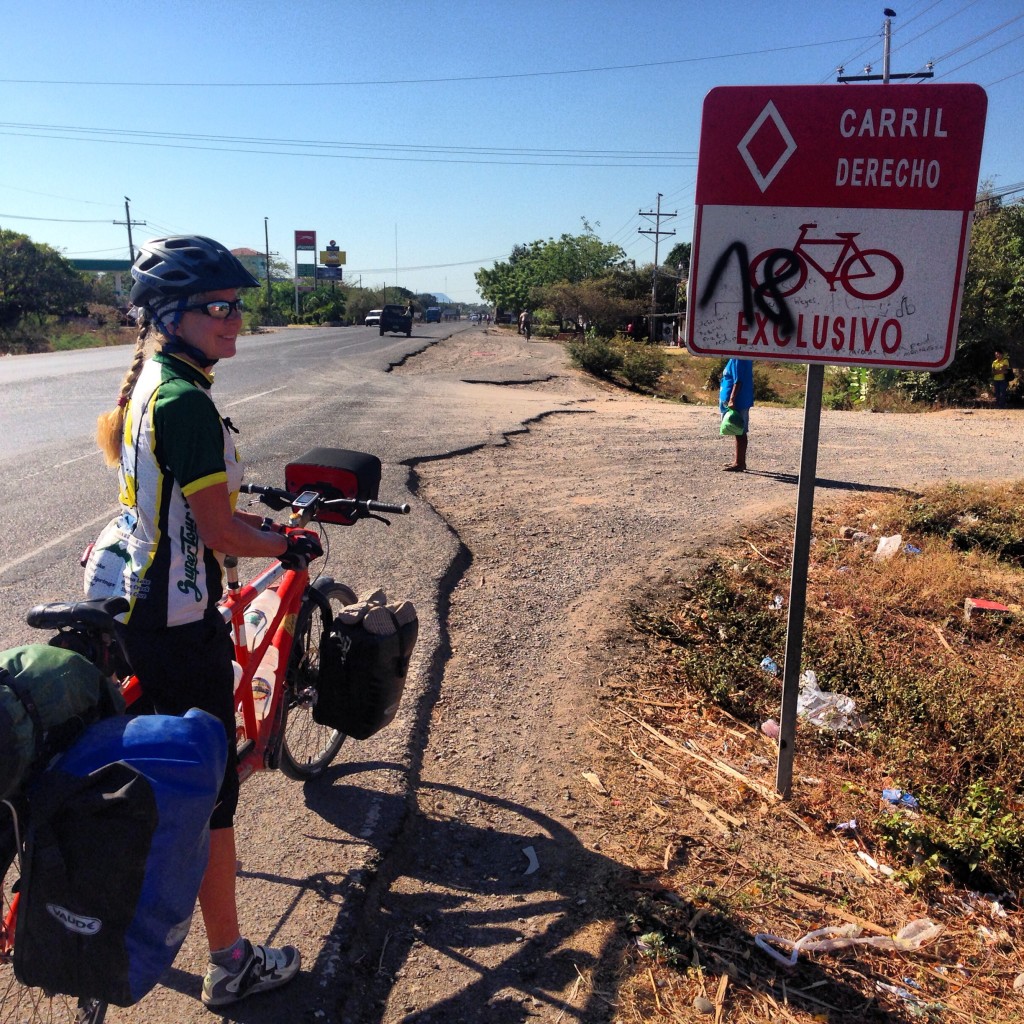
Honduras’ attempt at a bike lane. As you can see by the broken asphalt, the lane isn’t exactly present. Regardless, we appreciate the thought – this is the only place in Latin America where we saw a reference to a bicycle lane!
Entering the country of Nicaragua is somewhat perplexing. It turns out that you need to pay 3 separate fees – all of which are very small and official – but the method in which you pay them seems very unofficial. We began by trying to get into line to have our passports stamped, but some teenagers tried to corral us, telling that we needed to pay a $3 fee per person. I assumed that this was just some scam, so I joked around with them. But after some laughs, they persisted, and physically tried to stop me from entering the line. I finally agreed to the fee, and handed them $6, for which they gave me two gray slips of paper, roughly torn. They told me to take these to the desk. I did so, and sure enough, I needed those two sloppy pieces of paper in order to get our passports stamped. This is where I got a little surprised: There was also a $12 fee to enter the country. I figured that I had already paid the fee, but $12 was small, so I paid that. Next, I needed to go into another line. There was a fee for the bike too. After all was said and done, the total amount wasn’t too much – but for some reason, the feeling of having to pay multiple, separate fees – thinking that each one is the last one – dings you more mentally than just paying one single fee for the same amount. This was not the last time that this would happen in Nicaragua, as I was also surprised that you have to pay to leave the country as well! All of this is official (I read about it online), but at times it can feel like you’re being scammed with the number of transactions and the informal way in which they are processed.
03/04/2014 Day 41 – Somotillo Nicaragua to Leon Nicaragua 67 miles
Today’s route is fairly straight-forward. We wanted to visit Leon, which is a popular tourist destination in Nicaragua. The scenery along the route is fairly tame, with views of Volcan San Cristobal in the Reserva Natural Complejo Volcanico being the most beautiful part.
03/05/2014 Day 42 – León Nicaragua to Managua Nicaragua 66 miles
On the route from Leon to Managua, you need to make a decision (at least in 2014, the decision is necessary). There are two routes that begin at El Empalme de Izapa. If you go straight (South East) from this junction, you will immediately be on a dirt road that lasts for many miles until about Santa Rita. The dirt road is very dusty in the dry season, and likely muddy during the wet. There was little traffic. It is very slow going on a bicycle. I cannot speak for the alternative, paved route, except for the number of cars seen heading down the shoulder less road from the junction. Both routes are approximately the same distance to Managua. A friend of mine raced on the paved portion using a road bike, so it must be decent condition.
03/06/2014 Day 43 – Managua Nicaragua to Granada Nicaragua 28 miles
The ride from Managua to Granada is a short one. Granada, Nicaragua is a clean colonial town on the shores of Lake Nicaragua. Because we had time, I also rode to the edge of the Laguna de Apoyo to take in the view. This is not the official location for viewing the large lake sitting in the crater of the Apoyo volcano, as you have to walk along a trash strewn dirt path to capture a view. It is the most convenient location, however, when cycling from HWY 4. There are a number of nicer accommodations above and on the edge of the lagoon itself.
From Grenada, we would take a ferry that can transport bicycles. This is the second time where we became perplexed by the Nicaraguan tourist system. We obviously had to purchase a ticket to transport ourselves and the bicycle. I purchased a ticket for ourselves, and then made a separate reservation for the tandem bike. We were not allowed to touch the bike after that: we had to surrender the bike to them for loading. I was uneasy with this as they threw the tandem bike onto a small flat bed golf cart (I could have easily walked the bike down the quarter mile long, wide ramp that we had to walk to board the boat). After settling into the boat, a person came to find us. He said that I needed to pay for the bike. I insisted that I had already paid: “see, here is my ticket.” He said, “no, there is another fee.” This didn’t seem right, but he persisted. I eventually paid the fee that I did not understand. Later on, when we were to leave the island, we had the same experience. At least this time we knew: For every leg of a journey in Nicaragua, you make 3 separate payments.
The ferry boat to Isla Ometepe was somewhat of a surprise. We found ourselves on the upper deck of a ferry, surrounded by foreigners like ourselves. I figured that this was a tourist ferry, and few locals had a need to go to Isla Ometepe. The bathroom being occupied in the upper part of the ferry caused me to discover otherwise. I snuck downstairs to the lower part of the boat in search of a bathroom. I found a broken, dirty bathroom – along with a crowded, uncomfortable floor of Nicaraguans also traveling to the island! We had been segregated from the locals, and in fact given the much nicer part of the boat. I was somewhat surprised to see this – but I guess it made sense. There is a separate “foreigner price” for every tourist transaction. The foreigner price is typically 3 times that of the local price. Foreigners do not have the option of traveling down below, and the locals probably wouldn’t want to spend the money to travel up above. At first thought, it seemed wrong – but how would it work any other way?
When we disembarked at Altagracia, I snuck a look at the receipt for the man who had 2,000 pounds of bananas loaded onto the boat. Sure enough, he had paid 10 times less to transport his load than I had paid to transport my 35 pound bicycle. Nicaragua is a fairly inexpensive country to travel in, and it is helpful for their economy when foreigners come to visit – but do not expect your expenses to be in line with what the GDP might suggest.
03/07/2014 Day 44 – Ride to Ojo de Agua and beaches. 13 miles.
Once you reach Isla Ometepe, you are finally on vacation. Cars move slowly, and unlike other places in Nicaragua, where it feels like people are fairly cold and unfriendly (perhaps exhausted or annoyed by tourists), the people are very friendly. We had 3 superb experiences with the people on the islands.
In Altagracia, we stayed at Hotel Karma. The young man who managed the clean hotel was extremely polite, and focused on our comfort – quite a surprise for an inexpensive accommodation. For the most part, the people on the island were much more friendly than in some other parts of Nicaragua. I had developed a theory of “tourism saturation,” where in places that are overwhelmed with tourism, the local people can become jaded or annoyed with the tourists. This seemed to be the case in most parts of Nicaragua – but not on the island Ometepe. We took an enjoyable ride to go soak in the waters of Ojo de Agua, and swim at the beach shores of Lake Nicaragua.
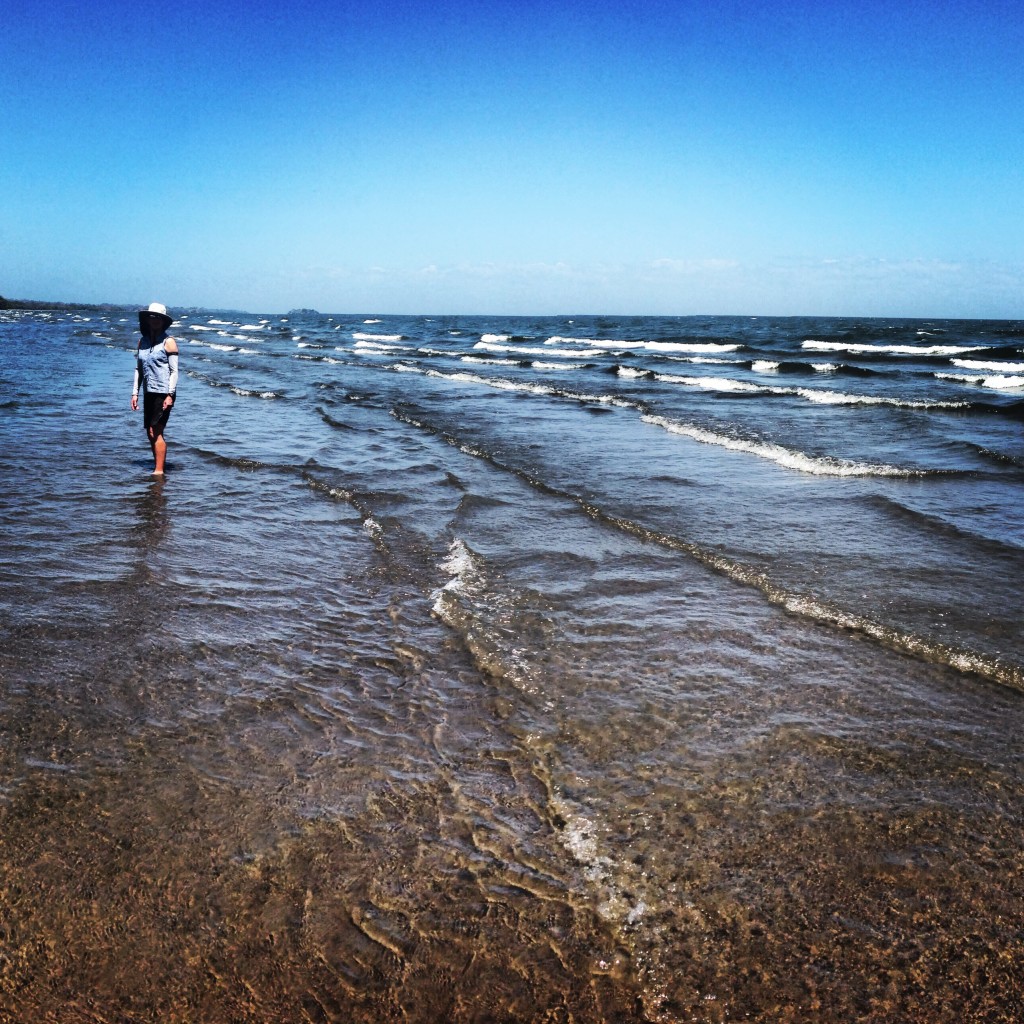
The shores of Lake Nicaragua are clean and suitable for swimming. Here, you needed to walk a long way out before you could swim
03/08/2014 Day 45 – Altagracia to Belgue. 10 miles
The route today isn’t much of a route. If you intend to climb Volcan Maderas on Isla Ometepe, Finca Magdalena is a great place to start. The rooms are a little shabby, but there is a beautiful veranda and restaurant overlooking the finca. It’s a great place to relax as well.
03/09/2014 Day 46 – Climb Maderas Volcano with Goyo 7 miles
This is not a bicycle route, but rather a hiking trip. The GPS track may prove helpful in reaching the top of Volcan Maderas, though. It was suggested that you could hire a guide to help you find the route, but between using the GPS and following the fairly well worn path, we did not have much trouble finding the summit. The entire slope of the mountain is covered with trees – so at no moment do you get a sweeping view from above. Once in the crater, you will find a lake which is stunningly beautiful. We did have to wait for the dense fog to blow away momentarily in order to take this picture. Often the summit is encased in clouds – so this condition is the norm. You may not wish to follow our return route, which briefly (accidentally) goes through private property.
03/10/2014 Day 47 (part 1 of 2) finca to boat dock 21 miles
If you’re trying to get from Isla Ometepe to the main land, there are two points where you can catch a ferry. One is at Altagracia, which has ferries that head to Granada and the Eastern shores of Lake Nicaragua (including up Rio San Juan to Costa Rica). The other ferry options are from San Jose del Sur, which has a ferry to San Jorge…. and a ferry from Moyogalpa – which also has many ferries to San Jorge. We rode to Moyogalpa because this dock has ferries that can transport bicycles. I do not believe that the ferries that leave from San Jose del Sur are able to transport bicycles: only people.
03/10/2014 Day 47 (part 2 of 2) boat dock to Costa Rica border 29 miles
Today, the route takes you back to the Pan American Highway. The route is straight forward and flat. Be prepared to pay an exit fee upon leaving Nicaragua. There are no fees for people on bicycles to enter Costa Rica.
This is the map for the entire route discussed in this post. To Export GPX files, click on the three horizontal bars in the upper right hand corner of the map and select Export selected map data…
To see full screen, click here (opens in new window)
This concludes the Nicaragua Cycling Guide Portion of our trip. You may now wish to proceed to the following locations:
Bicycling Latin America – San Diego, Baja California, Mexico, and Central America Hub Page

















